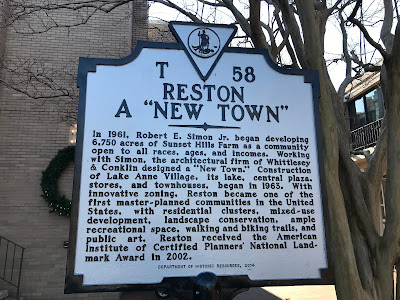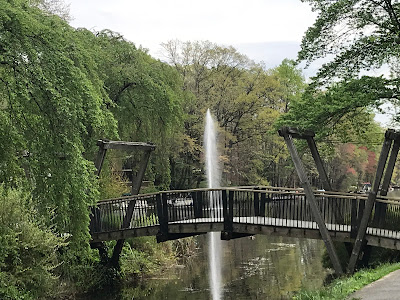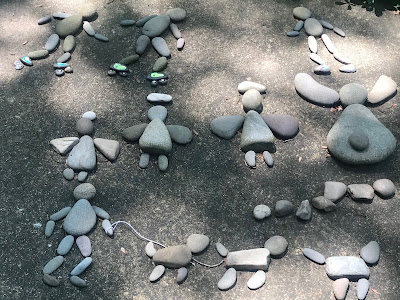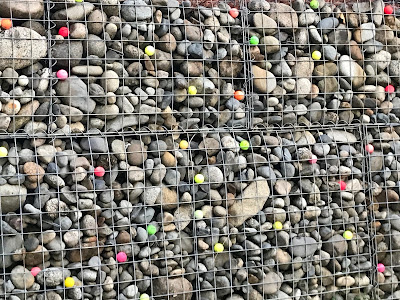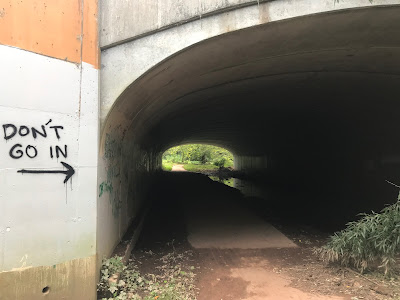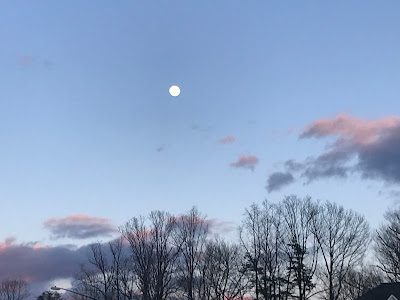A Quorum
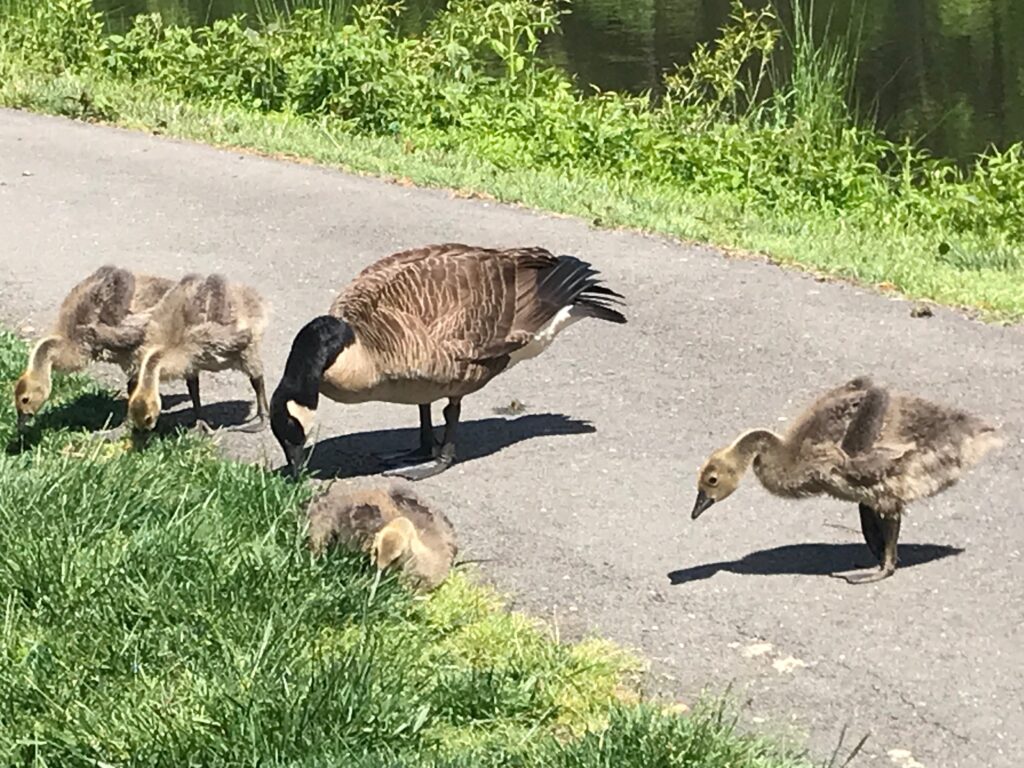
It was a cold, rainy November evening; it begged for a good movie and a bowl of popcorn. But I’m glad we trudged out to the annual meeting of our neighborhood’s home owner’s association last night. Our street was by far the best represented, and there were people from other streets I hadn’t seen in years.
There was only one problem: we didn’t have a quorum. Which meant that the meeting was unofficial, for information only. We couldn’t approve last year’s minutes (oh no!) and we couldn’t vote in next year’s officers (slightly more troubling).
Apparently, though, if you miss the 40-percent quorum (in person or by proxy) the first time, you need only achieve a 30-percent quorum for the re-do. Since 30 percent of people sent in their proxy votes by mail, the slate of new officers will be approved at the board meeting next month.
And what of last night’s affair? It may not have met the minimum legal requirements, but it met the minimum social requirements. Most of us left with more fellow feeling for our neighbors, and what could be more important than that?
(A quorum of geese?)

